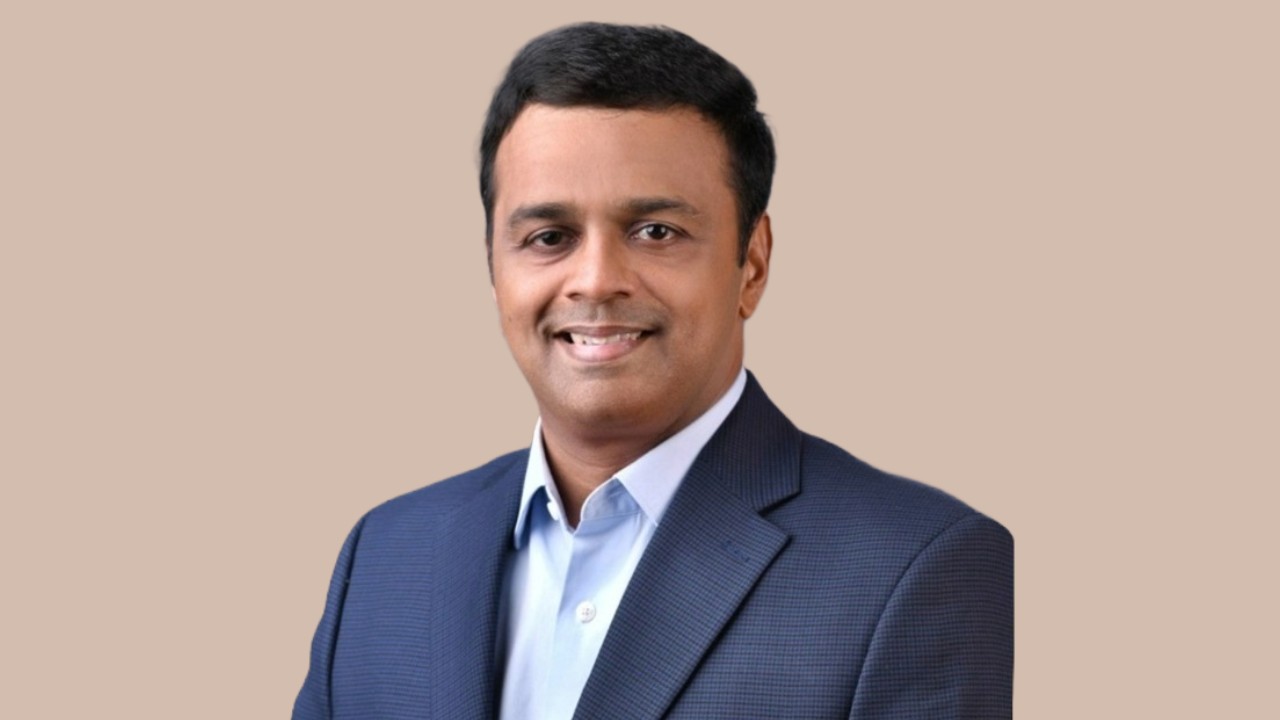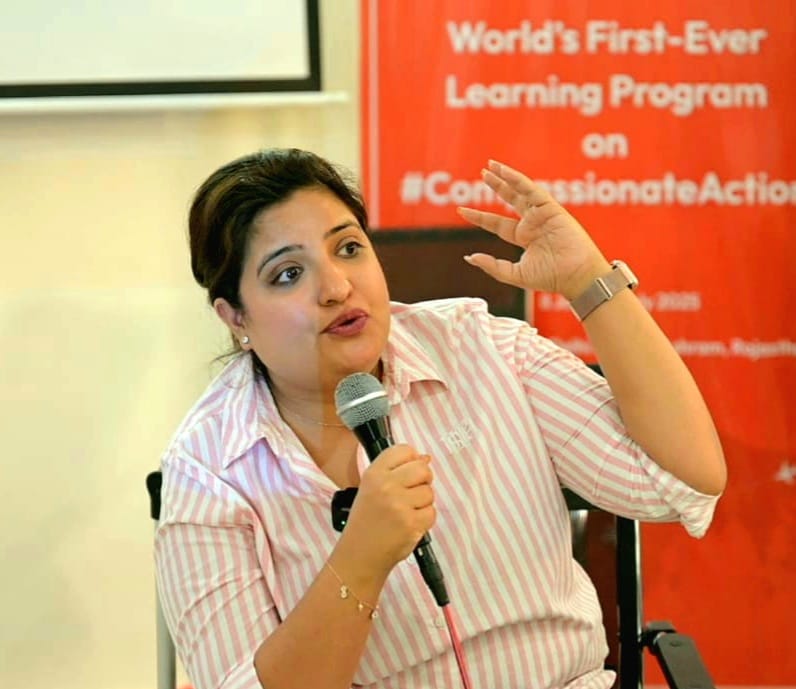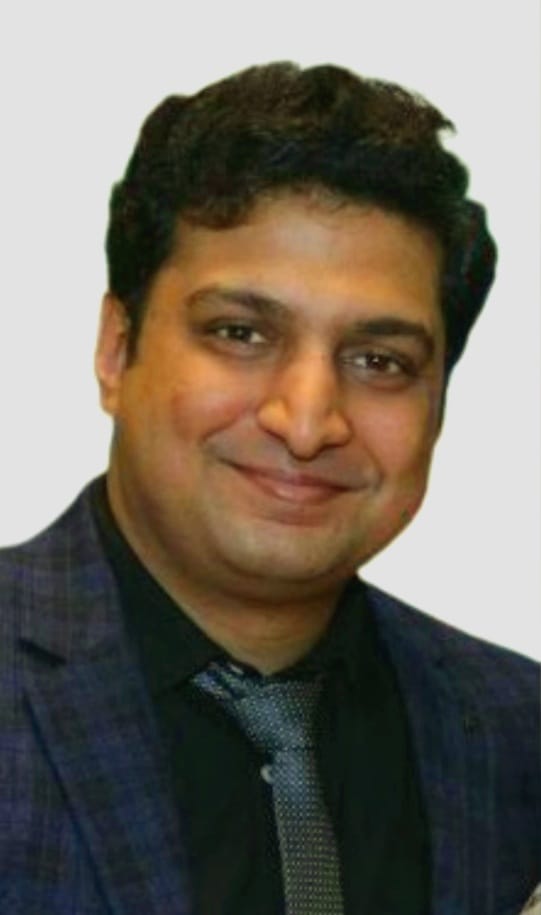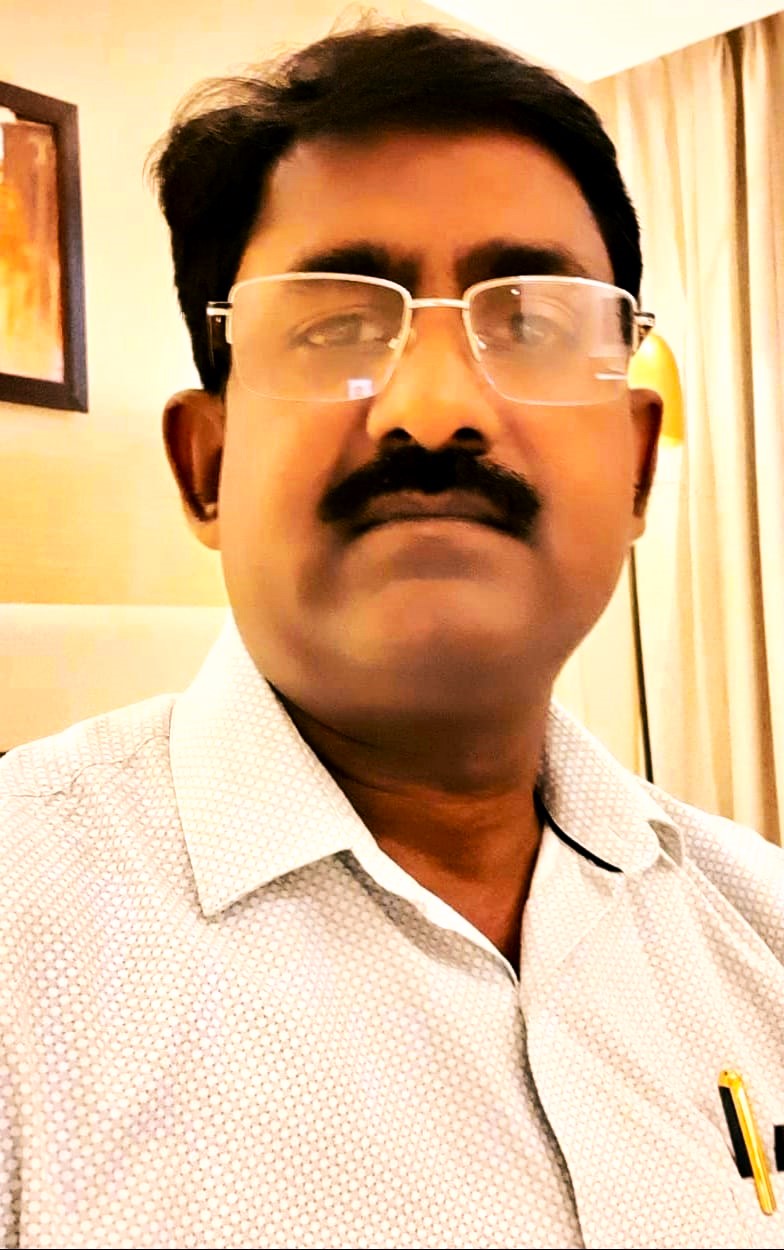Cancer treatment and palliative care in India have advanced significantly, yet major challenges persist. While breakthroughs in oncology have improved survival rates, access to specialized care remains a critical issue, especially in rural and underserved regions. High treatment costs and a severe shortage of trained healthcare professionals further compound the crisis.
Palliative care, essential for enhancing the quality of life for terminally ill patients, remains vastly underdeveloped. Despite growing recognition of its importance, awareness and infrastructure lag behind. A limited number of palliative care specialists, coupled with cultural hesitancy around end-of-life discussions, obstructs its widespread adoption.
Bridging these gaps requires urgent government intervention. Greater investment in cancer research, treatment accessibility, and palliative care education is imperative. A comprehensive strategy—emphasizing early detection, affordable treatment, and empathetic palliative care—holds the key to improving cancer care in India.
In an exclusive conversation with The Interview World, Dr. S. Khanna—Director of Dharamshila Rahat Medical Centre, Founder of Dharamshila Hospital and Research Centre, and President of Dharamshila Cancer Foundation and Research Centre—offers a critical assessment of India’s progress in cancer awareness. She examines how the country’s treatment standards compare with developed nations, explores ways to make cancer care more affordable, and delves into the pressing need for stronger palliative care infrastructure and skilled manpower. Here are the most compelling insights from her conversation.
Q: How do you assess India’s current progress in raising awareness about cancer treatment?
A: When I founded this hospital in 1981, the contrast between then and now is striking. At that time, media and digital platforms were non-existent. Yet, we still organized cancer awareness camps—12 in just 15 days. The educated class was aware, thanks to our efforts. We held camps in schools, colleges, Gurudwaras, and Rotary Clubs. I delivered two to four lectures a week. Although the educated class gained knowledge, the general public was largely unaware of cancer.
Today, cancer awareness has significantly increased. People understand what cancer is, its causes, and how it can be prevented. Certain cancers, such as oral, cervical, and breast cancer, are completely preventable. Tobacco, smoking, and alcohol are the primary causes of oral cancer. For breast cancer, genetic mutation plays a role, though it accounts for only 3%. Regular self-examinations and lifestyle choices are crucial for prevention.
When I began this hospital and conducted awareness campaigns in housing societies, there was widespread mistrust between people and doctors. Back then, Linear X-ray machines were available, but they were imported at an exorbitant cost. Today, we manufacture these machines in India. We also produce MRI and CT scan machines domestically. What once cost Rs. 25 crore is now available for just Rs. 10 crore, thanks to indigenization.
In diagnostics and treatment, we have made tremendous advancements. In 1981, India had only 10 cancer detection machines. Now, we have specialized oncologists, a dedicated oncology department, and highly skilled professionals. Forty years ago, specialized courses and training programs were rare, and doctors had to train in multiple disciplines to gain expertise. Today, we offer dedicated degrees in oncology. We were the first cancer research center in North India, and we continue to lead the way in cancer care and research.

Q: How does India’s cancer treatment landscape compare to that of developed nations, and what key advancements or gaps still exist?
A: We have surpassed many developed nations in cancer treatment, offering superior care compared to our Western counterparts. For instance, bone marrow transplants for leukemia treatment were once rare. At that time, 50,000 lives were lost simply because the treatment was unavailable. Today, we possess advanced bone marrow transplant machines capable of harvesting cells and marrow, a remarkable leap forward. Our progress in treating critical cancers is substantial, positioning us well ahead of the curve in global competition. Furthermore, we are publishing research papers of international caliber, with our R&D now outpacing that of many Western nations.
Q: What strategies and policies can help make cancer treatment more affordable and accessible?
A: To make cancer treatment affordable, we must eliminate the very presence of cancer. This requires a dedicated focus on prevention and early detection. Detecting cancer in its early stages not only increases the chances of successful treatment but also significantly reduces its cost. Regular annual check-ups can help identify cancer early, often before symptoms appear. At the primary and secondary stages, cancer can often be prevented and successfully treated. However, when detected at the third stage, treatment costs escalate dramatically, and the chances of survival become far more uncertain. Early detection, therefore, is the key to making cancer treatment more affordable and effective.
Q: What is palliative care, and why is it crucial in improving the quality of life for patients today?
A: The term “palliative” signifies relief—relief from a wide array of symptoms, including physical discomfort, psychological struggles, social challenges, financial burdens, and spiritual concerns. When a patient enters a palliative care center at the terminal stage of illness, a cure is no longer possible. We often say that while diabetes can’t be cured, it can be managed. Similarly, when a person is healthy, the body functions as a whole. When cancer is diagnosed at its early stages—first or second—it can often be cured. In fact, about 40% of patients can be cured physically. However, by the time cancer reaches its third or fourth stage, curing the disease becomes increasingly difficult.
When diagnosed with cancer, many patients experience an emotional shock. A flood of questions arises—about themselves, their family, their finances, and their work. The mind becomes overwhelmed by these concerns. Beyond these practical issues, there is often a deeper, spiritual dimension to the experience. Patients may perceive their illness as a result of past actions, leading them to seek forgiveness from loved ones in the hope of alleviating their discomfort.
There are also legal concerns to consider, such as the distribution of property and financial matters, particularly when children are distant and unable to care for the patient directly.
As a medical oncologist, surgical oncologist, or radiation oncologist, my focus is on treating the disease. Time is limited, and I typically prescribe chemotherapy, surgery, or radiation, which requires about an hour to an hour and a half. But in palliative care, the approach is broader. It’s not just about the patient—it’s about the entire family. The strain on the family can often be more intense than the patient’s suffering. Caregivers, often working tirelessly from dawn to dusk, bear an emotional and physical burden that can be overwhelming. Palliative care addresses not only the patient’s needs but also those of the family and caregivers.
The question arises: who needs palliative care? Anyone suffering from a condition that, despite prolonged treatment, cannot be cured. These include critical diseases such as cancer, heart disease, and lung disease. Thousands of lives are lost to Chronic Obstructive Pulmonary Disease (COPD), once more common in women who burned wood but now pervasive due to widespread pollution. COPD, like many other chronic conditions, cannot be cured. Patients with chronic cough and breathlessness require support. Similarly, those with liver or kidney failure, as well as neurological diseases like Alzheimer’s, Parkinson’s, multiple sclerosis, dementia, and strokes, all face incurable conditions. For all these diseases, palliative care is essential to ease suffering and improve quality of life.
Q: How widespread is palliative care today, and what is its reach and impact on patients in need?
A: Today, non-communicable diseases are the leading cause of death. Our life expectancy has increased, but inevitably, we all face the end of our journey. Along the way, we encounter other challenges. Currently, around 80 million people require palliative care, yet only 3% have access to it. Every year, 14 to 15 lakh new cases are identified, adding to this burden.
Of these 50 lakh cancer patients, only 2% receive adequate treatment. The most crucial aspect of their care? Pain relief. When cancer spreads to the bones, the pain can be excruciating—worse than labor pain. Labor pain has an end, but cancer pain is relentless. Patients urgently need relief, yet this pain has multiple dimensions—physical and emotional.
The physical component demands potent treatment: morphine. Over-the-counter medications like apicrosine, prophane, or combiflam are ineffective for such severe pain. Narcotics are the only solution, but they are not readily available. These essential medications are typically restricted to cancer centers and specialized palliative care facilities.
Q: What key infrastructure developments are needed over the next five years to strengthen and expand palliative care services?
A: I can’t provide a definitive answer to why this situation persists. However, consider the scale: 80 million people in need of care. How many professionals are required to support them? I’m not the right person to give that answer. Let’s look to the South for a model. There, every village has mobilized volunteers to establish local palliative care centers. These centers provide essential care at the grassroots level, but for the impoverished, access remains limited.
In these villages, groups are now linked to district hospitals, which are, in turn, connected to central hospitals. Volunteers, trained at both the village and district levels, play a pivotal role. They visit patients, advising them on what to do and what to avoid. If the situation becomes critical, they direct patients to the district hospital or the central facility. In the South, there are well-established palliative care centers.
Contrast this with the situation in North India, where palliative care centers were virtually nonexistent until recently. It was initiatives from organizations like ours that began to fill the gap. In the South, the culture of charity has been instrumental in making such services available.
Q: What types of healthcare professionals and support staff are essential for delivering effective palliative care, and how can we bridge any gaps?
A: Proper palliative care demands a multidisciplinary team. It requires a palliative care specialist, nurses, and, depending on the institution’s size, a dedicated team of palliative care nurses. Beyond that, a psychologist, psychiatrist, dietitian, physiotherapist, and rehabilitation specialist are essential. A pharmacist is also crucial to ensure effective medication management.
When a patient arrives at the palliative care center, the first point of contact is the palliative care specialist. On the first day, the focus is entirely on symptom relief, not delving into the root causes. The priority is stabilizing the patient. Once pain and other symptoms are managed—typically within four to twelve hours—the specialist spends additional time with the patient, engaging for at least an hour.
At this point, we gather comprehensive information from the patient and their family, integrating both perspectives. We then make informed decisions about the care plan, identifying which professionals are needed. This could include a psychologist, psychiatrist, physiotherapist, rehabilitation expert, dietitian, or pharmacologist. Finally, we communicate with the patient, explaining which specialists will be involved in their care.








